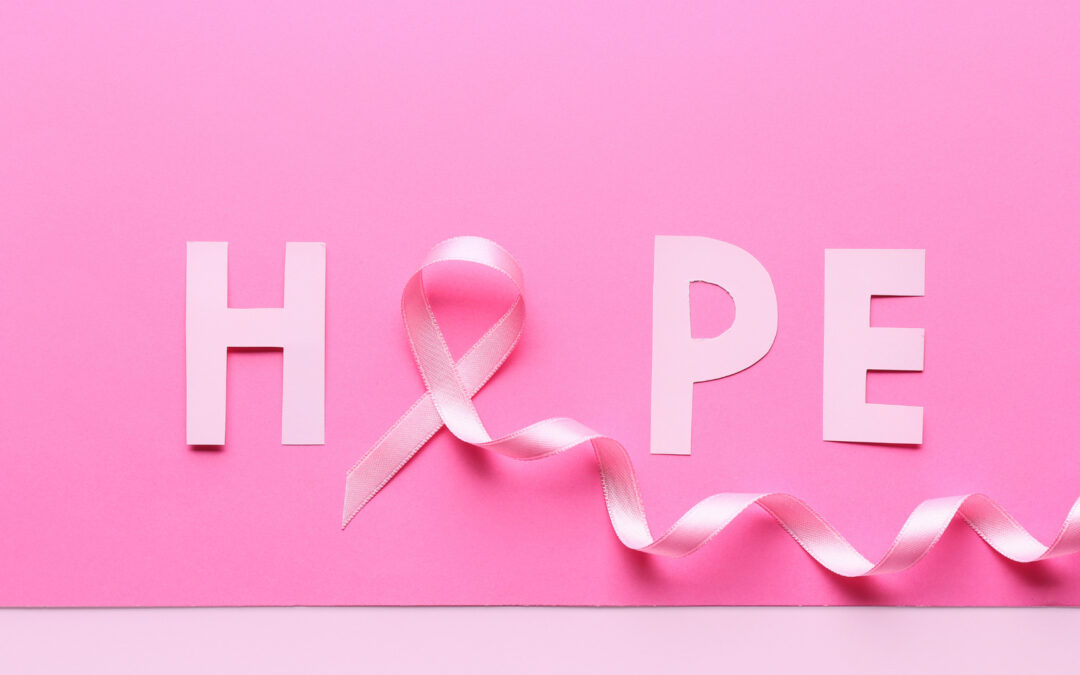In a world filled with colours and symbols that represent various causes and movements, one hue has become synonymous with breast cancer awareness: pink. Pink ribbons, pink merchandise, and pink-themed events have become ubiquitous in October, which is recognised as Breast Cancer Awareness Month worldwide. While these pink ribbons have undoubtedly played a crucial role in raising awareness about breast cancer, it’s essential to delve beyond the surface and explore the multifaceted nature of this disease and its awareness campaign.
The Power of the Pink Ribbons
The pink ribbon has undeniably made an impact in bringing breast cancer to the forefront of public consciousness. It has united survivors, patients, caregivers, and supporters under a common symbol, making it easier to identify with and support the cause. The efforts of organisations like Susan G. Komen and the Breast Cancer Research Foundation have been instrumental in leveraging the pink ribbon to fund research, support patients, and promote early detection.
The Need for Comprehensive Awareness
While the pink ribbon has succeeded in raising awareness, it’s crucial to recognise that breast cancer awareness extends beyond a single symbol or month. A comprehensive understanding of breast cancer should encompass not just awareness but also education, prevention, early detection, and support for patients and their families throughout the year.
Breast cancer affects people of all genders, ages, and backgrounds. Beyond Pink Ribbons means acknowledging the diversity within the breast cancer community. Men can also get breast cancer, and the experiences of Black, Indigenous, and People of Colour (BIPOC) individuals often differ significantly from those of their white counterparts. Creating a more inclusive awareness campaign requires addressing these disparities and providing resources and support tailored to the unique needs of various communities.
The Role of Early Detection
Early detection remains one of the most effective ways to combat breast cancer. Beyond wearing pink ribbons, educating people about the importance of regular breast self-exams and mammograms can save lives. Encouraging women and men to be proactive about their breast health should be an integral part of any breast cancer awareness campaign.
The Reality of Living with Breast Cancer
Beyond the symbols and campaigns, there are real people battling breast cancer every day. Their stories are as diverse as the colours of the rainbow, each one unique and inspiring. Highlighting the stories of survivors and those currently undergoing treatment can humanise the disease, raise empathy, and encourage support for individuals and their families.
The Impact of Research
Funding research is paramount in the fight against breast cancer. Beyond Pink Ribbons, organisations work tirelessly to support scientific research that can lead to breakthroughs in understanding the disease, developing more effective treatments, and ultimately finding a cure. Acknowledging the importance of research in any breast cancer awareness campaign is essential.
Support Systems Matter
The emotional and practical support provided to individuals and families dealing with breast cancer is immeasurable. Support groups, counseling, and resources for caregivers are crucial components of comprehensive breast cancer awareness. Recognising the vital role of these support systems goes beyond the pink ribbon.
Breast cancer awareness shouldn’t stop at just wearing pink. It should inspire advocacy for better healthcare policies, improved access to screening and treatment, and increased funding for research. Beyond Pink Ribbons means being vocal and active in demanding positive changes to benefit those affected by breast cancer.
Conclusion
While the pink ribbon has undoubtedly been a powerful symbol in raising awareness about breast cancer, it’s essential to remember that awareness is just the beginning. Comprehensive breast cancer awareness encompasses education, support, early detection, inclusivity, research, and advocacy. It acknowledges the diverse experiences of those affected by breast cancer and the ongoing battle that many face. By going beyond pink ribbons, we can create a more meaningful and lasting impact in the fight against breast cancer, offering hope, support, and a brighter future for all.
Breast cancer awareness is not confined to a single month; it’s a year-round commitment to making a difference in the lives of those affected by this disease. So, let’s look beyond the pink ribbon and work together towards a world where breast cancer is no longer a threat.
FAQs (Frequently Asked Questions)
Why is breast cancer awareness often associated with pink ribbons?
The pink ribbon has become a universal symbol for breast cancer awareness due to its visual impact and widespread recognition. It was adopted in the early 1990s and has since played a crucial role in raising awareness about the disease.
Is breast cancer only a women’s issue?
No, breast cancer can affect people of all genders. While it is more common in women, men can also develop breast cancer. It’s important to promote awareness and education about breast health for everyone.
What is the significance of Breast Cancer Awareness Month in October?
October is recognised as Breast Cancer Awareness Month worldwide. It’s a time when various organisations, healthcare providers, and communities come together to raise awareness, fundraise for research, and promote early detection and support for breast cancer patients and survivors.
How can I support breast cancer awareness beyond wearing a pink ribbon?
You can support breast cancer awareness by educating yourself and others about breast health, encouraging regular self-exams and mammograms, volunteering with organisations dedicated to the cause, and advocating for policies that improve access to healthcare and research funding.
What should I do if I find a lump in my breast?
If you discover a lump or any other unusual changes in your breast, it’s essential to contact your healthcare provider immediately. Early detection is crucial, and your healthcare provider can recommend further evaluation and tests if needed.



